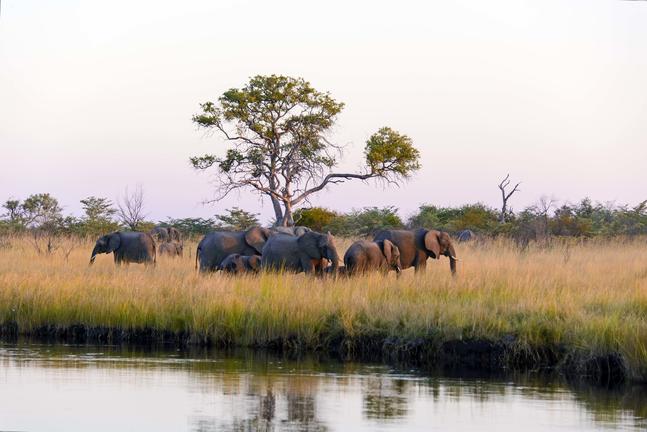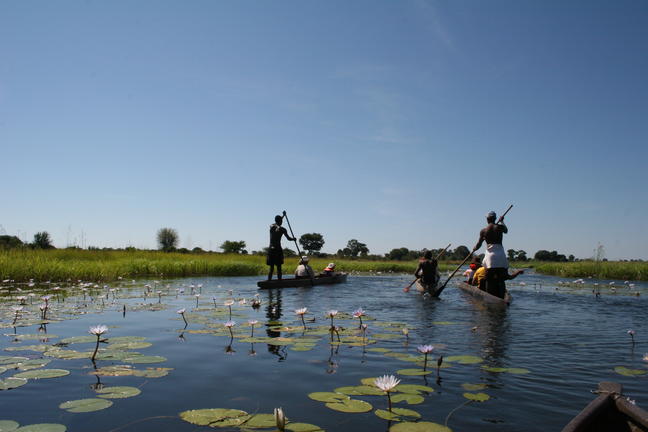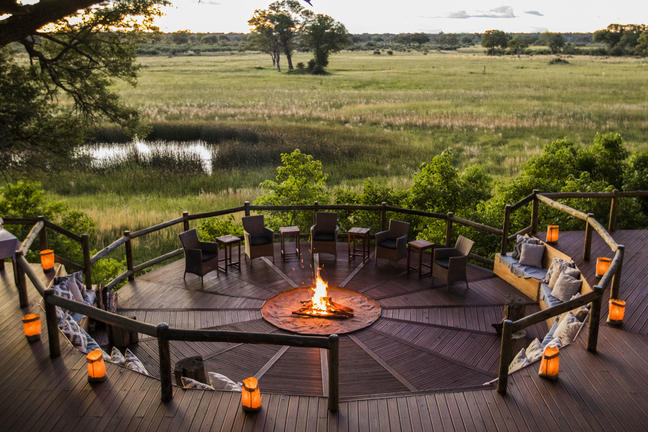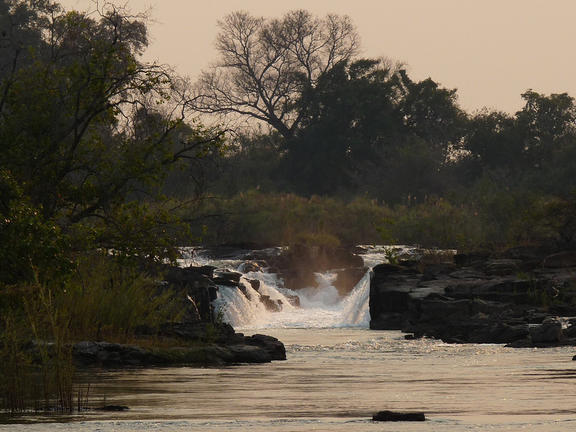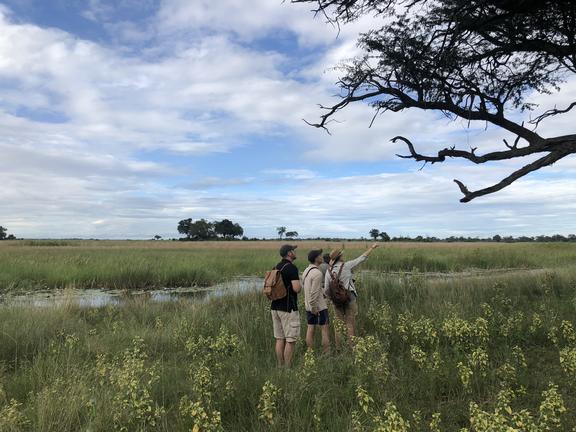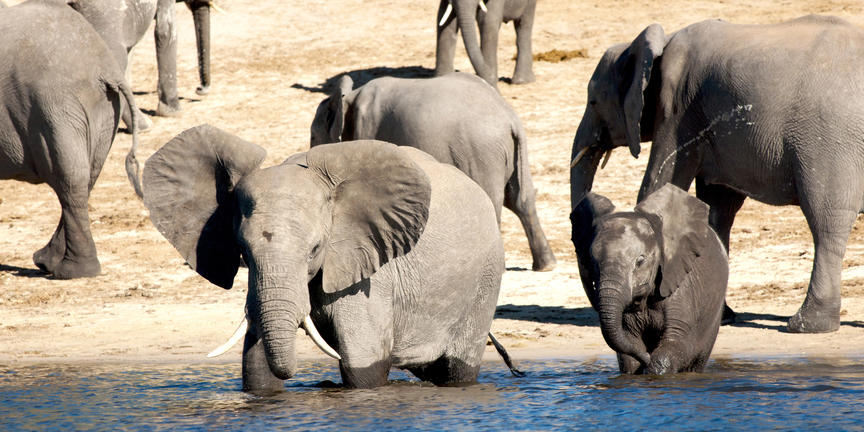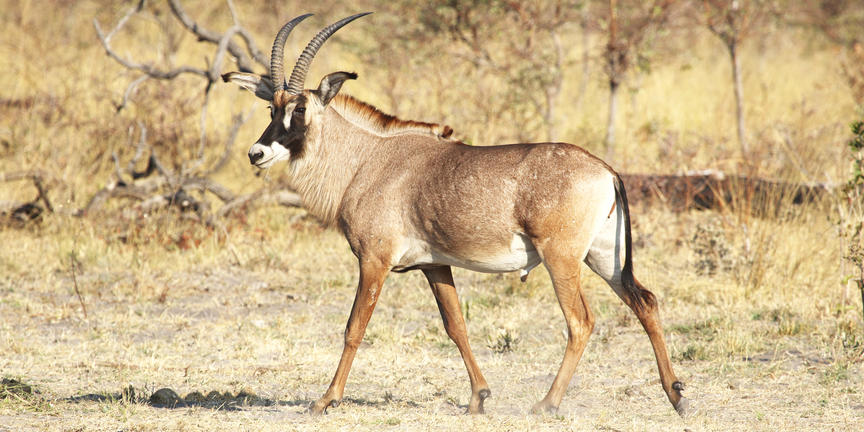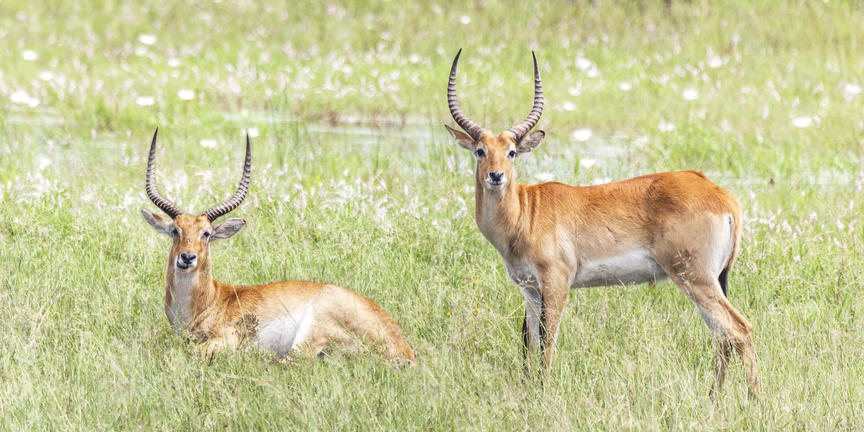Acquired by the then German South West Africa in 1890, to provide access to the Zambezi River, Caprivi has been used as a point of politico-strategic military importance throughout history. It is steeped in rich historical significance and although still known as the Caprivi, today it is named The Zambezi Region.
Caprivi in Namibia is a lush, sub-tropical wetland. Large expanses of open water are fringed with palm trees, reeds and papyrus. Flood plains are dotted with broad-leafed woodlands, the wildlife is mostly riverine and birdlife is abundant.
After the world's oldest desert in the south, the Caprivi wetlands come as a bit of surprise. The finger of land that slices between Botswana and Zambia to touch Zimbabwe is a sub-tropical paradise of perennial rivers, sodden marshes and verdant woodlands making game viewing, bird watching and river cruises the highlight of this lush strip of land.
Wildlife and birdlife is prolific, more reminiscent of the Okavango Delta that begins at Popa Falls: a scenic cascade of water that marks the fault line that diverted the Kavango River into the Central Kalahari Game Reserve.
Wildlife is mostly riverine with large herds of elephant, buffalo, sable, hippo, impala, red lechwe and tsessebe with occasional sightings of sitatunga, reedbuck, waterbuck and puku. Wild dog roam the area and lion, leopard and hyena stalk the drier flood plains and savannah woodlands away from the wetlands.
Attaining its odd shape from the powers that were during colonial times, this strip of land covers about 20,000sq km between the Zambezi and Okavango Rivers. The 450km strip is 30km wide at its narrowest and 100km at its widest.
A single perennial river alternately named the Kwando, the Linyanti and Chobe also passes through the Caprivi. The Caprivi records the highest rainfall in Namibia - up to 700mm - making this strip of land more like the southern parts of central Africa.
Game viewing, bird watching and river cruises are the highlight of this lush strip of sub-tropical land. The combination of wetlands, flood plains and savannah woodlands with Kalahari bushveld supports the greatest diversity of birds in Namibia. Over 430 species have been recorded and the wetlands are a spectacular and scenic birding hotspot.
There are a string of river lodges along the Caprivi and they operate guided safaris into the three riverine national parks: Bwabwata National Park, Nkasa Rupara National Park (previously known as Mamili National Park), and Mudumu National Park.
